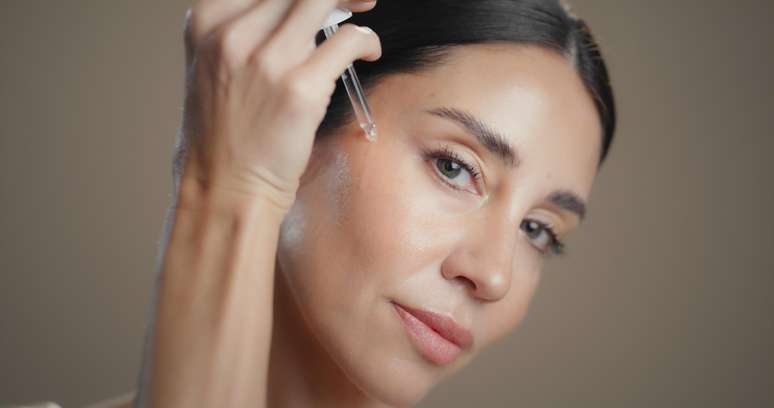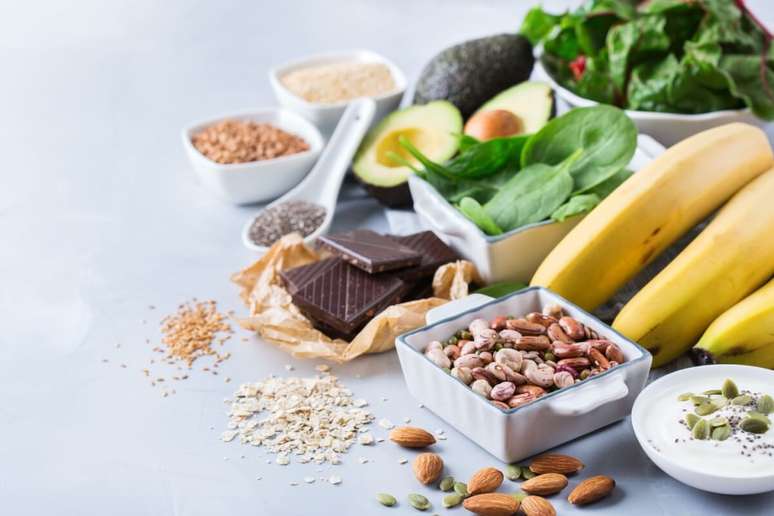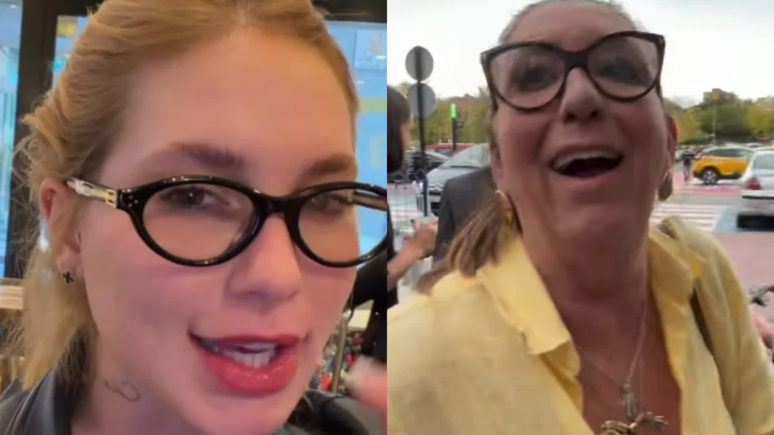The name “clean beauty,” in literal translation, refers to products created by sustainable initiatives
Summary
The global “Clean Beauty” trend promotes sustainable beauty products, with formulas that are more natural, transparent and free of harmful ingredients, reflecting the search for well-being and environmental responsibility in the sector.
A more conscious and less aggressive beauty, both for the human body and for the planet, is one of the trends in the global self-care market. According to the Brazilian Personal Care Industry Association (ABIHPEC), interest in products and companies that offer well-being, transparency and environmental responsibility is growing among consumers.
Receive the main news directly on WhatsApp! Subscribe to the Terra channel
The trend is known as Clean Beauty (clean beauty, in the literal translation). The concept proposes the use of cosmetics and skincare products free of potentially harmful ingredients and produced transparently, with clarity on what makes up their formulas.
“The name has been used by brands and consumers to designate products that seek to reduce the use of certain ingredients, favoring raw materials of natural origin and adopting more transparent and responsible practices throughout the production chain. However, being a niche market, the concept lacks clarity and uniformity, as the consumer can be misled into misinterpretations or led to erroneous conclusions about the safety or quality of the products,” explains Ariadne Morais, Director of Regulatory Affairs and Innovation at ABIHPEC. Earth.
Because the movement has gained momentum
For Ariadne, the movement reflects a major shift in consumer behavior and the way the industry communicates.
“ABIHPEC recognizes the importance of this movement as part of the evolution of the sector and the expansion of dialogue between industry, consumers and regulators on sustainability, innovation and well-being,” says the expert.
Despite the progress, he underlines that the term still does not have an official technical or regulatory definition in Brazil and in the countries considered reference in the sector, which requires caution in interpretation.
“Communication on the topic must be precise, transparent and based on scientific evidence, avoiding practices that could be confused with greenwashing,” he highlights. “The Clean Beauty movement is positive when it is driven by science, transparency and sustainability and not by misperceptions about ingredients or manufacturing processes.”
How to identify a clean product
According to ABIHPEC, all beauty and personal care products sold in Brazil are strictly regulated by Anvisa, based on scientific evidence that guarantees safety, effectiveness and quality.
While there is no official certification for the “clean” label, there is consensus that these products generally avoid ingredients such as parabens, aluminum salts, phthalates, and sulfates. Reading the label carefully remains the best way to identify the components. “The safety and effectiveness of cosmetics depend on the toxicological profile of the ingredients, concentrations and final formulation and not on the label or marketing communication,” says Morais.
“This approach is in line with global regulatory practice, where authorities such as Anvisa, FDA and the European Commission evaluate products based on scientific evidence and ingredient restriction lists, regardless of terms such as “clean” or “natural”, ensuring that any type of product is safe, effective and quality,” he concludes.
Source: Terra
Ben Stock is a lifestyle journalist and author at Gossipify. He writes about topics such as health, wellness, travel, food and home decor. He provides practical advice and inspiration to improve well-being, keeps readers up to date with latest lifestyle news and trends, known for his engaging writing style, in-depth analysis and unique perspectives.









